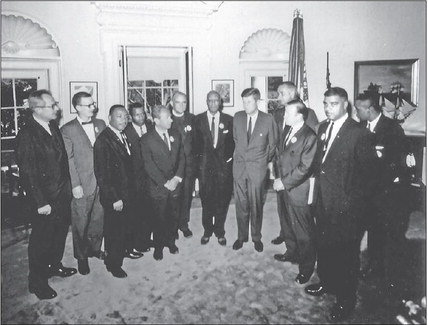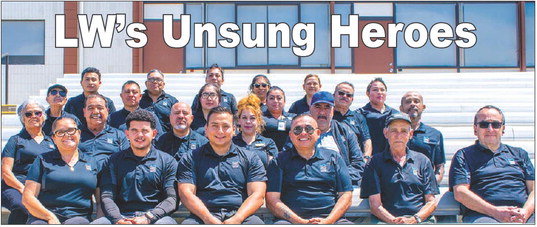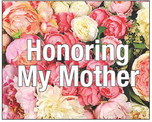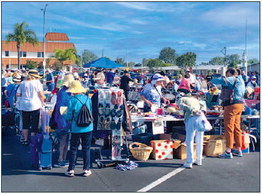they were under siege. ….


they were under siege.
For Barbara, the day had been full. Feeling euphoric, she and her Freedom Rider friend made it back to the bus without incident. The driver knew everyone was hungry and stopped at a hamburger stand at a place called Royal Oaks in Virginia, Barbara remembers.
“We were very hungry,” she said. “A man came out and said, ‘We don’t serve coloreds here,’ and he sent us away. It was the first time I had ever experienced this kind of racism.
“The place he sent us to was an awful little place that couldn’t accommodate all of us, and we were there a long time. It had one bathroom, and lines were long.”
That experience reinforced Barbara’s certainty that attending the march was worth the sacrifice—her mother’s fear for her safety, the discomfort of the day, hunger, heat, fatigue, all of it.
“No one should be treated like that,” she said.
While she herself had never experienced racial segregation before that day, she was familiar with other types of racism, including prejudice in the workplace.
At 18, Barbara joined the Congress on Racial Equality (CORE) and became a volunteer decoy to uncover companies that discriminated against Black people by only hiring whites. She discovered firsthand that Black people who had the same education and qualifications were passed over in favor of white applicants.
Barbara “was treated very differently” when she applied for clerical jobs at big well-known companies, she said.
She ended up working for an insurance company based in New York City because there was nothing to be found in New Jersey, where she lived with her parents and nine brothers and sisters.
“We were a church-going family who believed in Christianity and in the principles of civil rights. All my sisters and brothers were part of the movement and protested in one way or another. That spirit of involvement was all around me and in me,” she said.
Her parents had moved from Georgia and South Carolina to New Jersey in the hope of protecting their children from the Jim Crow south. In some ways, they were successful. Barbara’s mother often told her that she was grateful that Barbara had not personally felt the brunt of the racial hatred experienced by her parents in the south.
Barbara and her brothers and sisters attended integrated schools.
One brother became the first Black vice president of a bank in his city; another was an engineer. A third was the director of a college in Texas, and a fourth, a respected Baptist minister.
A year after the March on Washington, Congress enacted The Civil Rights Act of 1964. It ended segregation in public places and banned employment discrimination on the basis of race, color, religion, sex or national origin.
It is considered one of the crowning legislative achievements of the civil rights movement.
Today, Barbara proudly acknowledges that she is part of the civil rights movement that led to that landmark reform and continues today as the blight of racial inequality persists.
After Peter, Paul and Mary’s performance at the march 59 years ago, Mary Travers said: “It is so easy today to not see the things that are happening around you because you’re too busy, because you’re doing something else.
“But . . . we do not have freedom as a gift. It’s not given to us as a God-given right. It’s something that you must take, and you must fight for, and you must preserve this liberty. And that’s what the song (“Blowin’ in the Wind”) speaks of. Of listening, and watching, and being careful not to lose this liberty.”
Her words ring true today.
Two months before the March on Washington, President John F. Kennedy met with civil rights leaders to express his fear that the event would end in violence. Kennedy told or- ganizers that the march was "ill-timed," but Dr. Martin Luther King Jr. and the other civil rights leaders insisted it should go forward.



